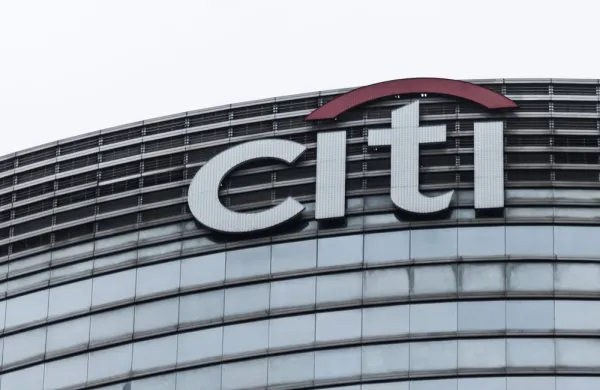Bigger seems to be better when it comes to single-family offices.
The majority of all family members and the executives who work for their office are satisfied with it. However, smaller offices (in terms of employees and assets) have noticeably lower levels of satisfaction compared to larger ones, according to an inaugural report by AlTi Tiedemann Global and Campden Wealth, which surveyed nearly 100 single-family offices last summer.
Out of the offices surveyed, the smallest ones had an average of four employees, midsize had an average of seven, and large ones had an average of 14 employees. (Some of the biggest family offices employ more than 100 people).
In an effort to quantify what kinds of family offices are operating the best, family members and office employees were asked to share whether they were satisfied or dissatisfied across 16 categories of operations, which they might be doing in-house, outsourcing, or using a hybrid solution for. The list of categories included a wide range of things such as services (concierge, security, and travel), investment management, philanthropy, and succession planning.
To better assess family-member satisfaction, AlTi Tiedemann Global and Campden Wealth focused on five categories that they thought were the best proxy for that group: Dedication of staff, privacy, value for money, information needed to make timely decisions, and governance. With the most important categories in mind, there was a clear takeaway from the survey.
The sample size is small, but all of the family offices with more than $1 billion in assets under management surveyed were satisfied in those categories. Meanwhile, 71 percent of midsize offices, with between $250 million and $1 billion assets, and only half of small offices, which managed less than $250 million in assets, were satisfied.
Employees at all offices were more satisfied across all 16 operations categories than family members were.where there any differences based on office size?
“It may be the case that other factors play a part in determining overall satisfaction levels with small family offices, but this analysis does seem to suggest that large and midsize family offices generally meet the needs of their families,” the report says.
The reasons for the differing satisfaction levels are not entirely clear. It could be the case that small family offices are trying to do too much with too few resources, and that’s a sign they should reconsider what they are outsourcing, Erik Christoffersen, head of the family office practice, AlTi Tiedemann, told Institutional Investor.
There are no hard and fast rules for how many employees a family office should have. But scale matters, especially when hiring investment professionals. Many offices without a big enough budget and staff might find they are better off using third parties. There is a long list of vendors willing to work directly with single-family offices of all sizes. But AlTi Tiedemann and other firms work directly with many of those same vendors; they have already navigated many challenges, have more negotiating power, and are viewed by them more as a partner than just another customer, Christoffersen explained.
“Although outsourcing is essential for small family offices, it does entail commitment: Getting comfortable with trusting the outsourcing partners and making the effort to explain the quality and timeliness of the work expected. Not every external vendor will satisfy these criteria,” the report says.
Outsourcing more services might boost satisfaction at smaller family offices, but it is not the only way to achieve a higher level of happiness. Large and midsize family offices are meeting the formidable demands of their owners and doing it differently because of their scale.
Small family offices have an average operational cost base equivalent to 0.6 percent of their AUM and they outsource 50 percent of their work to external vendors (40 percent also said they operate with cutting edge technologywhat does leading edge technology mean? this is unclear to me.), according to the report. Those percentages are totally different at large family offices, which have costs as low as 0.2 percent of AUM, outsource only 20 percent of their work, and 70 percent employ leading-edge technology. Midsize family offices fell roughly in between those percentages.
The average operational cost (which excluded investment-related fees paid to third-party managers) for all the survey respondents was $5.2 million, but it differed significantly based on size. Small offices had an average cost of about $1 million, midsize a cost of $3.6 million, and the largest a cost of $11 million. The range of costs was huge, from $700,000 at single-family offices with less than $150 million in assets, to $24 million at some with more than $10 billion in assets.
“When family offices are established, most of the initial cost goes into building the investment management function, but as they grow, administrative activities are prioritized, and employees are added to address these functions and to provide personal services to the family. This expansion is generally matched or exceeded by an increase in financial assets as a result of successful investing,” the report says.







